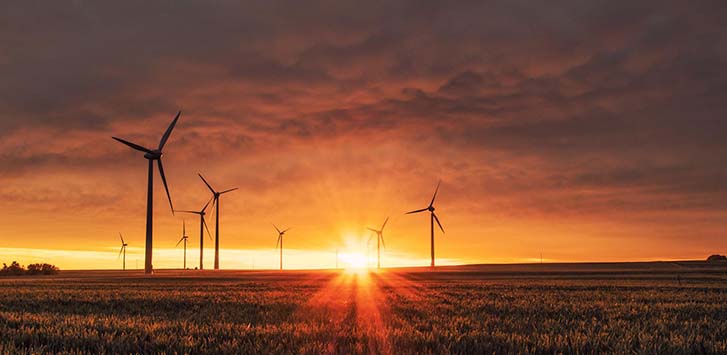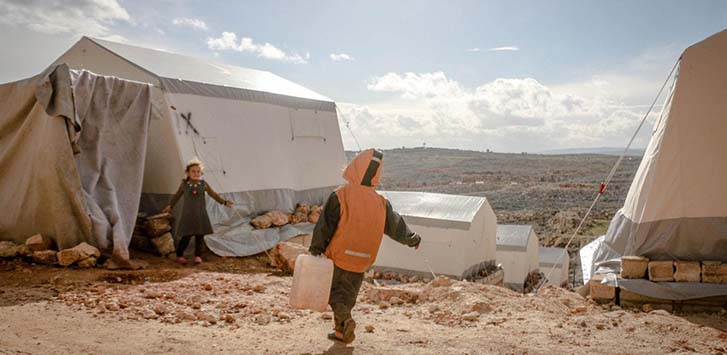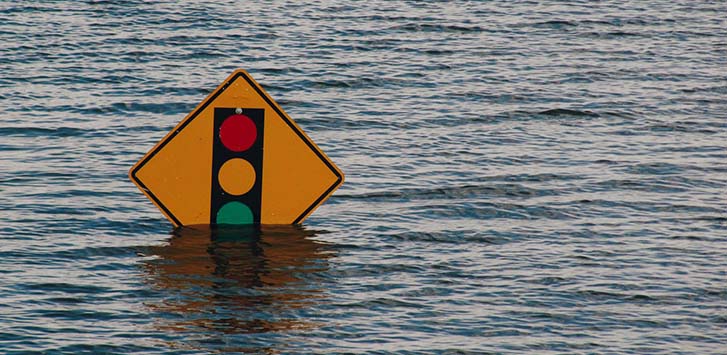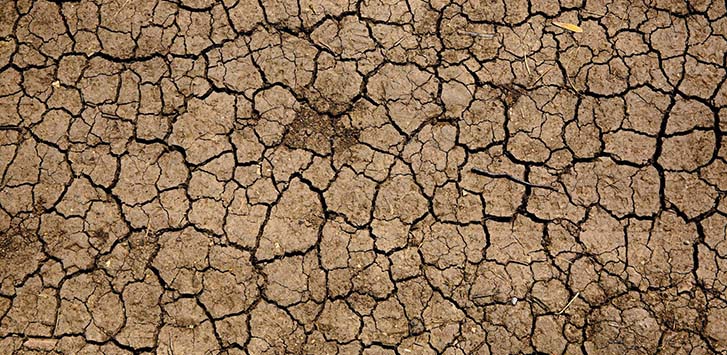
It's safe to say that coffee is a worldwide phenomenon. Every day billions of people all over the world play their part in a world-spanning system of farmers, sellers, brokers, importers, exporters, roasters, brewers, café owners, baristas, franchisee operators, buyers, sellers, and consumers that ensures that a humble bean goes from the coffee tree to your cup.
In the United States alone, seven out of ten people consume at least three cups of coffee daily. That’s more than 111 million people! We at Coffee Bean Corral play our part in this world system, however small that is, as well.
This whole system relies on farmers across a very narrow strip of land who themselves are subject to forces beyond their control that are within a very specific and narrow set of altitude, temperature, rain, sunshine, soil condition, and more than single-handedly cultivate and grow the land to provide the entire world with a steady stream of coffee beans to not result in a worldwide coffee shortage.
As our climate begins to slowly see the broader effects of climate change, the above conditions and the rippling effects will cause the entire coffee belt to be restructured in a radically different way than its currently comprised. If it does not adapt to these changing material conditions, how people begin their day with a simple cup of coffee may become a thing of the past.
Forecast

With different parts of the world already experiencing the effects of just 2.2f (1.2c) change in average temperature, continue temperature rise would spell disaster for the coffee industry the world over.
We in the US can already see its effects as the length of drought and severity of wildfires are impacting the West Coast with surprising regularity and devastation, whereas the East Coast and the South are seeing greater occurrences of flooding. Already directly affecting more than 1 billion people the world over, climate change will be a continual presence in the rest of our lives.
In the most immediate terms, as the world’s average temperature continues to rise, this would directly affect single-origin coffee’s taste as well as production quality. The increase in production costs to move coffee estates and plantations further up in mountainous ranges in search of more accommodating growing conditions (as well their associated overhead costs) would force many to abandon coffee production altogether.

Nearly 80% of the world’s coffee is grown by small-scale farm systems, an estimated 25 million people in total who do not have the financial capital to simply pick up and move to more hospitable farming conditions.
This would create a two-fold scenario; the first being that coffee would become an almost exorbitantly expensive consumer item that would be out of reach for many consumers. This decline in demand and coffee exporting would devastate entire countries' national GDPs.
The second, cascading scenario this would cause is it would create a situation in where coffee farmers would be forced to switch to growing a different crop in an even more economically precarious position or be displaced from their traditional income source entirely.
Since 2008 alone, 21.5 million people a year have become climate change refugees and as the global temperature continues to rise, this number is going to continue to increase even as there is a growing demand for more coffee from Asian and African middle classes.
This increase in demand will be met with an ever-dwindling supply as the years drag on For example, a Time Magazine article cites that “fifteen years the average coffee farm in Costa Rica used to produce around 14.5 bags of coffee per acre. Today that number is down to fewer than 10 bags per acre”.
Multiple studies have suggested that by 2050 that about half the land used for growing high quality, also known as the coffee or "bean belt", will be unproductive. On top of this, nearly 60% of coffee species would be threatened with outright extinction. This would primarily affect African, and Madagascar grown beans.
If that wasn’t enough, the rise in global temperatures would create the perfect conditions for fungal pathogens like coffee rust, stem-rust, and more to flourish. An illustrative example of just how devastating this fungal infection can be to the coffee market at the macro scale is during the 2012-2013 growing year, Central American coffee production was cut by about 15%. The result gulf in supply drove the price of a pound of coffee in the United States by 33%.
All of this leads us back to the single most important takeaway. The impacts of climate change aren’t a one size fits all analogy. How this process is experienced is different depending on where you live. Whether that’s in the Boquete Valley or New Orleans, Louisiana.
How the entirety of human society is organized, and the ways societies interact with each other in our global economic system is difficult to plan for. It will take tremendous collective willpower, foresight, and ingenuity to combat a multifaceted, slow-moving process.
What is to be Done?

So, these interlocking crises beg the question, “what is to be done?” But that question is just one-half of the equation. The other missing piece is “how is this is going to be accomplished and where?”
In a political climate that has cultivated isolationist and nativist sentiments the world over for the past decade, it’s difficult to chart a path forward that involves increasingly reactionary governmental responses to larger environmental and political crises.
As a thought experiment, ponder the harsh and punitive response that the European governments had in response to Middle East war refugees. Now imagine their responses towards climate change refugees who no longer have a country to be deported back to as it’s been subsumed by rising ocean levels.

The bleak picture painted is just an illustrative example, but one that isn’t far from reality. It will indeed take large intergovernmental action at an international level to organize and deploy various localized strategies and tactics for how to adapt to climate change, but in what forms will this take?
In areas and countries that are beginning to feel the onset of climate change; particularly Central America and South America, the governments are spending millions in developing more resistant coffee plants by crossbreeding the arabica coffee plant with wild and heartier coffee plants that can withstand higher temperatures.
Currently, the coffee industry relies heavily on two species: arabica coffee and robusta coffee. However, there currently exist more than 124 coffee species, many of which grow in much warmer conditions. For example, stenophylla, a rare West African coffee that has similar characteristics to arabica coffee was originally thought to be extinct outside of the Ivory Coast but was found growing in Sierra Leone. This is particularly important as coffea stenophylla can exist in warmer climates than arabica and be able to compensate for the supply as global temperatures rise.
The revitalization of wild coffee will be imperative if the supply is to keep up with rising demand not only in the “Western” world but in emergent countries like India, Nigeria, Brazil, Vietnam, South Africa, and more.
Other Latin American countries like Nicaragua, El Salvador, and Honduras have created public-private partnerships with large corporations like Keurig to help teach farmers new agricultural practices to compensate for water scarcity during drought.
Other coffee companies like Starbucks have invested in ethically sourcing and providing farmers with adaptive farming practices and other materials to better adapt to climate change through its C.A.F.E Program and other corporate initiatives, like planting shade trees, cover crops, and more sustainable agricultural practices.
There are also coffee NGOs such as World Coffee Research, an organization that is a collective, agricultural R&D organization dedicated to “growing, protecting, and enhancing supplies of quality coffee while improving the livelihoods of the families who produce it”. Their approach to developing and conducting research of the coffee plant in its four-fold relation to climate change, quality, genetics, and farmer profitability are an invaluable asset to the coffee industry at large.
A careful reading of the above examples has only unfortunately answered the initial questions partially. Simply cross-breeding coffee species to make them heartier and investing more in sustainable coffee production and farming practices via private corporations and NGOs with some governmental assistance isn’t going to accomplish much in the way of curbing the larger environmental effects climate change will have on the coffee industry.
While in the past intragovernmental cooperation regarding coffee used to occur. The International Coffee Agreement was put into practice in 1963 under the guidance of the United Nations by nearly a total of 50 governments which represented 97% of world coffee production and 67% of world consumption. This intragovernmental organization used to set price controls for the world supply, allowing farmers to earn a living through various price controls via supply and demand quotas.
However, various shocks to the coffee industry throughout the 1970s and 1980s led the ICO to, in their own words in 1993, “maintain the Organization as a forum for international cooperation on coffee matters and to allow time to negotiate a new Agreement”. Since then, this “defanged” ICO has more so concerned itself with facilitating collaboration between governments and the private sector by collecting data and analysis for policy and law-makers rather than set any actual international coffee trade policies worldwide.
While by no means not valuable, the lack of regulatory teeth in the face of larger environmental concerns is troublesome. Especially given the US leaving the ICO in 2018 as part of the larger political trend of nationalist politicians exiting intragovernmental agreements and organizations in recent history.
If the coffee industry is to truly survive as climate change begins to affect more and more parts of the world, greater intragovernmental involvement and cooperation are an absolute necessity. There are the obvious like the Paris Climate Agreement, but the pace of climate mitigation efforts and how governments continue to take a hands-off approach to such a valuable commodity like coffee is worrisome, given the fragility of other food systems.
If the world is truly going to adapt and have a fighting chance for a future that isn’t marked by climate refugees, repressive, reactionary governmental responses, and worldwide ecological disaster, the increased need for clean, sustainable technology needs to be accessible, available, and affordable for smaller countries at one end while greater economic investment sustainable energy and greater pace at fossil fuel reduction for larger countries at the other end need to occur nearly simultaneously.